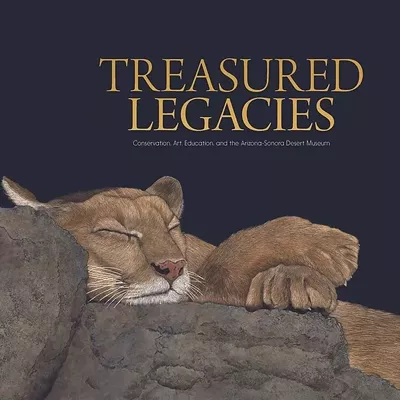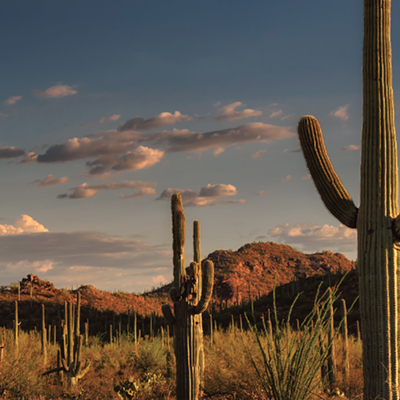This summer, grant us all the power to drink on top of water towers,
With love, and trust, and shows, all summer.
Let this be my annual reminder that we can all be something bigger.
--"Constructive Summer" by the Hold Steady
One of my favorite ways to cool off during Tucson summers is by reading books in which the action unfolds in extremely cold climates: Alfred Lansing's gripping adventure of Antarctic survival, Endurance; accounts of the dangers of climbing Mount Everest such as Into Thin Air by Jon Krakauer and High Crimes by Michael Kodas; and adventure novels from Jack London's The Call of the Wild to Dan Simmons' The Terror. Whether such tales are tall or true, they provide much-needed chills this time of year.
Bill Carter's Red Summer, in which the Bisbee resident recounts his experiences during four summers as a commercial salmon fisherman in Alaska, combines elements of those works with a balance of natural history and first-person details, showing off talents rivaling those of John McPhee. The fact that Carter's book loosely shares subject matter with the Discovery Channel's pop-heroic reality show Deadliest Catch doesn't hurt.
Red Summer--the title refers to the profusion of scarlet color that fills the water when the salmon are running--is Carter's second book. His first, Fools Rush In, was a first-person account of life in besieged Sarajevo, and of his efforts to bring worldwide attention to the conflict there through a multimedia partnership with the band U2.
Carter's story unfolds organically rather than chronologically, as he waxes poetic, philosophical and sometimes hard-boiled on the arduous nature of fishing, as well as the people (and, as a result, the human themes) he encounters while fishing Bristol Bay four seasons in a row.
Seemingly on a whim, Carter flies to the small village of Egegik, 350 miles southwest of Anchorage. The place is barren and isolated, accessible only by air or water. He has come to work for Sharon Hart, an irascible, independent fishing-boat captain he has never before met. Hart has fished in Alaska for more then 20 years (although she spends her winters with her family in Washington state) and is, in Carter's words, "the toughest man in Bristol Bay."
And toughness seems to be the most important quality for a fisherman in Alaska, necessary not only to keep up with one's co-workers, but to avoid death. A boat loaded too heavily with fish will go down in minutes, but you can also get your foot caught in a net as it is hauled across the boat, fall in the freezing water, or get shot or beaten by others on land. Alcohol-related deaths are common as well, an unspoken truth among the residents.
Carter sometimes expresses doubt that he is cut out for the work. He battles not only a severe case of gout, but eventually suffers the same tendinitis that cripples Hart half of the time. It turns out Carter needs painkillers to get by, bolstered by no small amount of alcohol.
Although the book spends much time on the excitement and grueling nature of salmon fishing (including 20-hour fishing sessions with yields in excess of 20,000 pounds), Carter includes memorable passages, such as glimpses of midnight rainbows or a grizzly bear's heart-stopping visit to a home's kitchen, that illustrate the eloquent nature of life in this raw land.
Carter also introduces the reader to some of the unique personalities who populate Egegik, such as its mayor, the 73-year-old Dick Deigh, also a commercial fisherman and owner of the town's only store. He starts each day by watching, and yelling at, The Price is Right on TV.
While embracing the salmon-fishing culture, the chaos surrounding it and the nervous energy throbbing through it, Carter isn't afraid to make known his feelings on sport hunting and the specter of pillaging Alaska's environment for oil and precious metals.
The book also features Carter's museum-quality black-and-white photography. His shots rarely depict humans, but rather the trappings of humanity--plucky skiffs with more character than most people; rickety buildings; front yards of rusting junk--in precarious balance with the natural environment.
And although the activity in the book takes place during this time of year, it feels much colder and more dangerous than anything we ever experience in Tucson--so it qualifies as a cool read, in more ways than one, for a desert summer.







